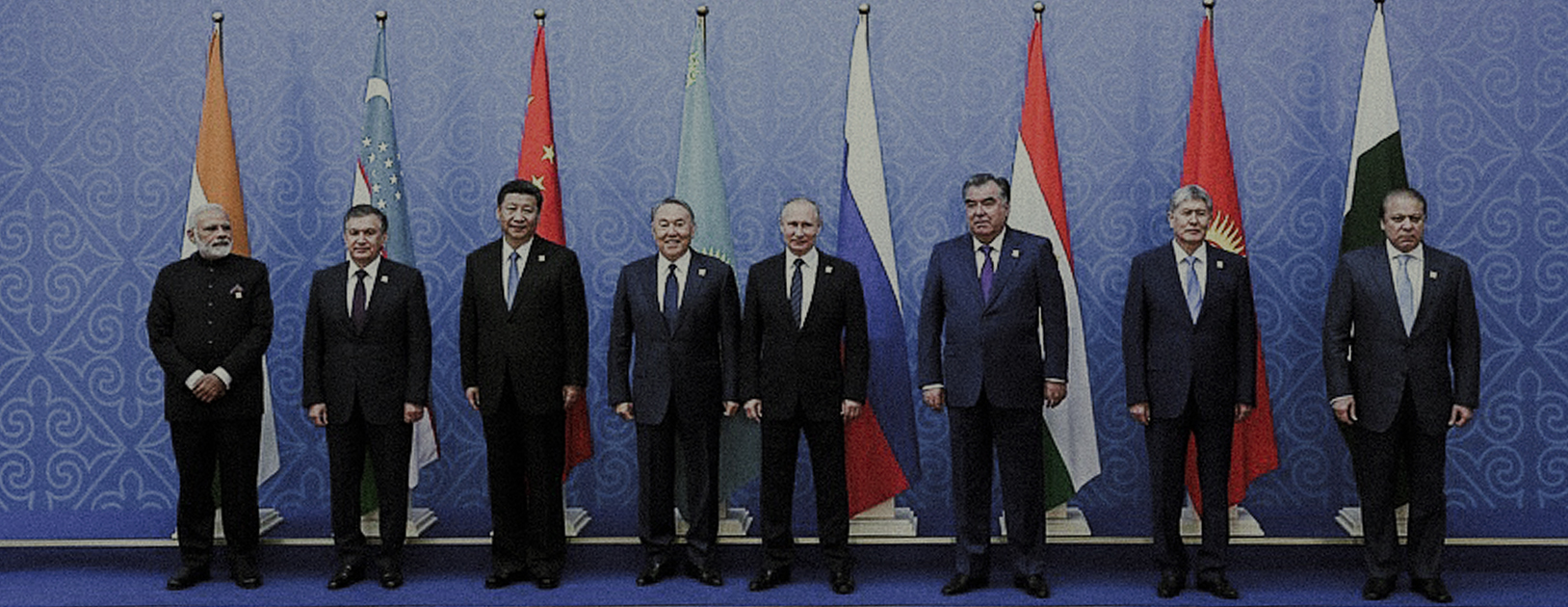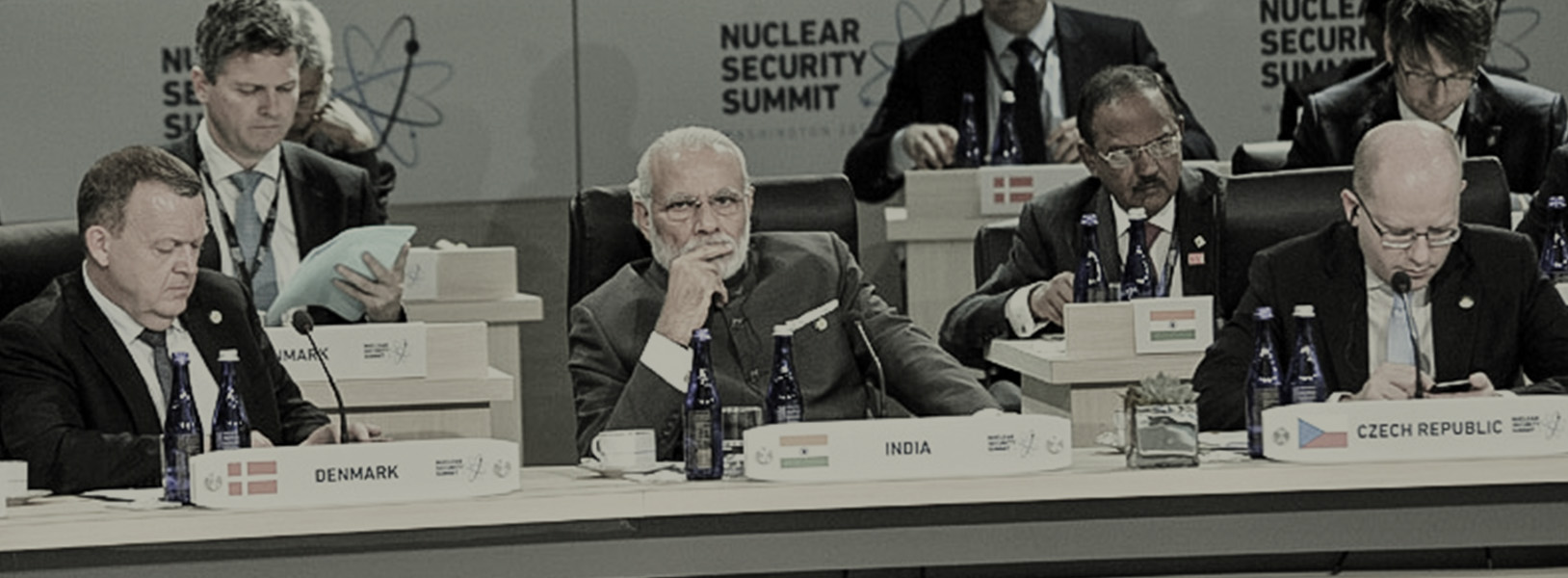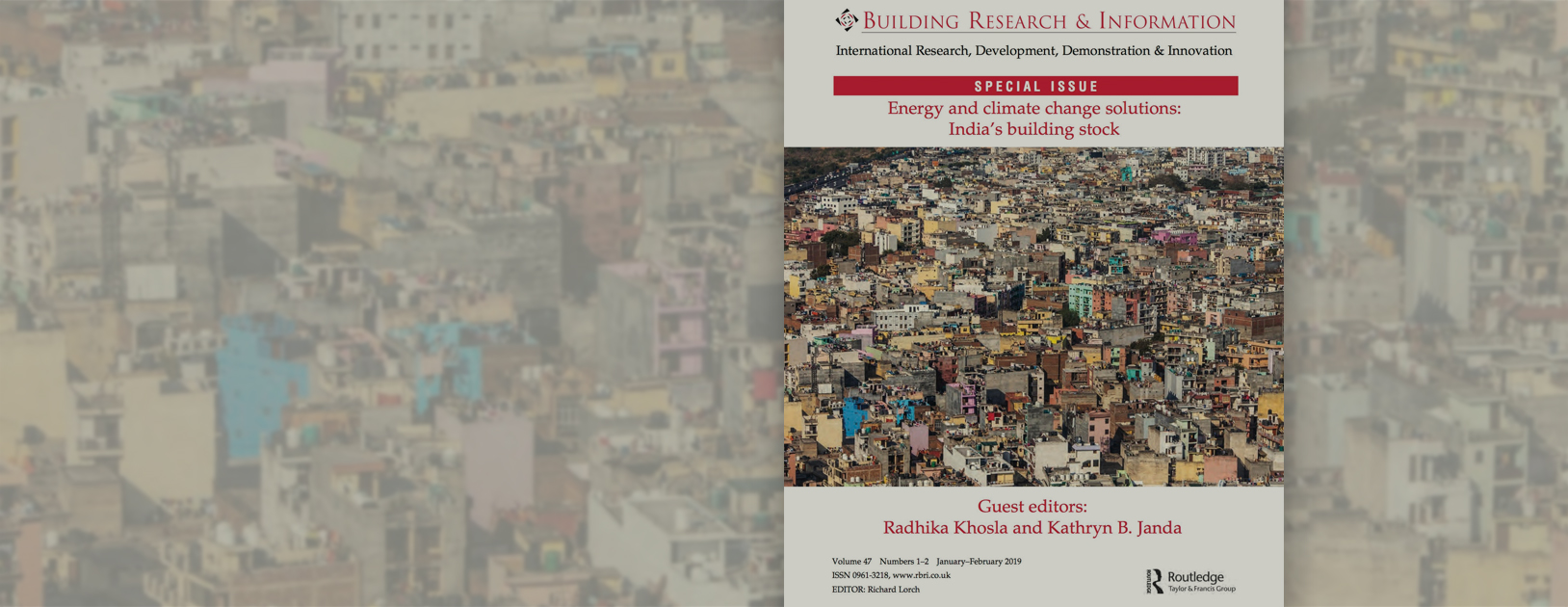
AS PART OF ‘POLICY CHALLENGES – 2019-2024: THE BIG POLICY QUESTIONS FOR THE NEW GOVERNMENT AND POSSIBLE PATHWAYS’
CPR INTERNATIONAL POLITICS
By Shyam Saran
The foremost foreign policy challenge for the incoming government will be to adapt to a changing world order. Even as Western dominance has diminished, no power has emerged that is capable of inheriting its mantle. Therefore, the current phase of disruption and altered relations among states is likely to continue. It is also becoming clear that the US and China are moving from competition to confrontation. Balancing relations with these two countries will become more difficult and India will have to contend with pressures to join one camp or another. Against this geopolitical backdrop, the new government will have to fashion a foreign policy that offers opportunities for expanding India’s strategic space even as it seeks to tackle increasingly complex challenges. Some of these are discussed below.
Challenges, Old and New
While dealing with China has always remained one of India’s biggest foreign policy challenges, today the asymmetry in economic and military capabilities between the two Asian giants is expanding rather than shrinking. Managing relations with China has involved confronting it whenever Indian interests are threatened but also being willing to work together where interests are convergent. This has served India well and may continue to be the template for the foreseeable future. Currently China has been presenting a more benign and accommodating face towards India. This is the result of pressures it is feeling from the US, not only on trade but also in the realm of security. While China’s current stance is tactical, India should take advantage of this window to advance its interests wherever possible but without losing sight of the fact that the long-term challenge is to narrow the power gap with its northern neighbour. If the asymmetry continues to grow this will inevitably constrict India’s room for manoeuvre.
Moreover, despite the Middle Kingdom’s changed approach, New Delhi will continue to face challenges from it in at least a few aspects of foreign policy. India’s subcontinental neighbourhood is the most critical for its national security, and China’s presence and activism threatens India’s dominant position. India is unable to match the resources China is able to deploy in the countries of the region. This trend is unlikely to change even if China adopts a relatively friendly posture towards India.
Pakistan is unlikely to abandon its use of cross-border terrorism as an instrument of state policy though there may be tactical remissions. Despite the Indian government adopting a more aggressive retaliatory policy recently, it is debatable whether this has changed Islamabad’s strategic calculus.
The Gulf and West Asia remain important for India’s energy security, for the welfare of the six million Indians who live and work there, and because sectarian conflict in the region can have spillover effects on the fragile multi-religious fabric of the Indian state. The new government will have to deal with the ratcheting up of sanctions against Iran by the US. India may have to cut its imports from Iran which is likely to adversely affect its relations with Iran. This may have severe repercussions: Iran is important to India not only for meeting its energy needs but, more importantly, because of the stakes involved in India’s development of the Chahbahar port on the Iranian coast and the Northern highway into Afghanistan and Central Asia from it. Iran will also play an important role in Afghanistan where a political transition seems inevitable with the Taliban regaining a prominent political role. For the new government both Iran and Afghanistan will be key challenges.
Recommendations
Against this background, the new government must add substance and energy to the “neighbourhood first” policy. Fresh emphasis must be laid on regular political level engagement and on expanding the density of economic and trade relations with neighbours. Proximity is a key asset in promoting economic relations but they also require investment in both physical connectivity and the smooth and speedy passage of goods and peoples across borders. India is the transit country for all its neighbours and its transport infrastructure is more than adequate to handle transit traffic from one end of the subcontinent to the other. It will gain more political leverage vis-à-vis its neighbours by becoming the transit country of choice for them rather than by restricting access. India’s economic cooperation programmes in its neighbouring countries do not match China’s, but they are significant. The Achilles heel is poor delivery on those commitments compared to China. The new government should set up an autonomous Economic Cooperation Agency to manage all its economic assistance programmes in foreign countries, including lines of credit, capacity building and project assistance. While such a proposal has been on the table for a few years now, without any action, the changed South Asian dynamic (with China rapidly expanding its footprint) necessitates its reconsideration on an urgent basis.
Relations with Pakistan remain hostage to its addiction to cross-border terrorism. Repeated efforts to improve relations with Pakistan have been stalled due to terrorist attacks inflicted on India by terrorist groups aided and abetted by Pakistan’s military and intelligence agencies. As long as Pakistan enjoys a strong Chinese shield and the US seeks Pakistani support for its withdrawal from Afghanistan, India’s efforts to isolate Pakistan internationally will have only limited success. On the other hand, rising tensions between India and Pakistan bring back the hyphenation between the two countries and invite meddling by outside powers. The new government must find a way to bring about relative normalcy in relations with Pakistan without giving up the focus on terrorism. There are signs that Pakistan is uncomfortable with its heavy, almost singular dependence on China. It may be ready to balance this dependence through a measured improvement of relations with India. The opportunity of a summit with Imran Khan at the forthcoming Shanghai Cooperation Organization (SCO) summit may provide an opportunity to test this proposition.
For the foreseeable future, India is not in a position to single-handedly check rising Chinese power and influence. Therefore, it should seek to be part of a coalition of major powers which share its concerns about China. The new government must continue to strengthen relations with the US, Japan, Australia and South East Asia as part of countervailing and constraining Chinese power. India has been cautious about its role in the Quad, which is a grouping of the US, Japan, Australia and India, and serves as a forum for security consultations and cooperation. The new government should embrace a more significant role for the Quad while ensuring it remains below the threshold of a full-fledged military alliance. Australia should be invited to the next round of the Malabar Naval Exercise, which currently includes the US, Japan and India.
Deepening relations with Europe – particularly with Germany, which is now the most powerful country in the continent – must continue to be high on India’s foreign policy agenda even though Europe has been disappointingly unable to prevent the ongoing fragmentation of the European Union. Africa and Latin America will remain regions of interest, both for their economic potential and for imparting a global reach to India’s foreign policy.
During the past few years India’s relations with Russia have weakened despite regular summit level meetings. There may be a perception that Russia is irrevocably committed to its virtual alliance with China. However, Russia continues to be a major power and is not about to become a subordinate ally of China. Central Asia and Eastern Europe, which it regards as its near neighbourhood, are precisely the areas where China’s influence is expanding most visibly; this cannot but be a matter of concern to Russia. Furthermore, Russia remains a crucial source of high technology weaponry and military equipment, treating India as a privileged partner. The new government must review its Russia policy and endeavour to expand engagement with all levels of the Russian state.
Despite the unpredictability of the Trump administration, India-US relations have been consolidated. This is reflected most visibly in defence and counter-terrorism cooperation. The challenge for the new government will be in managing the economic/trade pillar of the relationship, which has become a contested space over the years. India has been a major beneficiary of globalization. Its economy has seen rapid growth resulting from a more open trade and investment regime. The temptation to walk back from this must be resisted because this will push India towards the margins of the global economy, reduce its political leverage, and put paid to any prospect of catching up with China.
Compared to other major countries of the world, India has an almost skeletal foreign service. In order to sustain foreign policy and live up to its ambitions of playing an active global role, India will need to significantly expand its foreign service corps. Moreover, the budget of the Ministry of External Affairs continues to be paltry compared to other ministries despite the critical role it plays in managing all aspects of India’s external relations. It is imperative that sufficient resources are made available to the ministry to enable it to deliver on its critical mandate in a globalized world.
Other pieces as part of CPR’s policy document, ‘Policy Challenges – 2019-2024’ can be accessed below:





